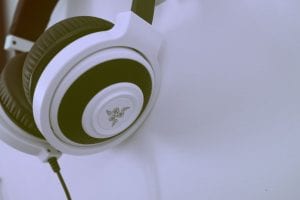The item I chose to use was my Razer Naga gaming mouse. The reason I chose this object was because it is something that I feel represents something that I enjoy a lot, which is video games. I play on a competitive esports team as well as playing for the Ohio State University Rocket League team. This item will most likely not relate to a majority of people for the reason that I use it, but a computer mouse is something that a lot of people would understand and could relate to. This item has almost no relation to pop culture as it is something that is seen as abnormal to have a mouse for gaming.Some people who also play computer games could relate to this object, but the average joe would probably not be able to relate to what this object exactly is.
Andy Warhol’s big idea was to make the common everyday life art. He was exploring how one can make something that we view as normal or ordinary and make it unordinary or special by making artwork out of it. He was trying to say that anything can be art and that not everything that is art has to be extravagant and expensive or valuable. I think they merit in the sense that it is important to understand the value that even the simplest things have.
I wouldn’t say I am mass producing artwork through photoshop because there are so many different things you can do in photoshop, that is hard to simply mass produce a certain type of image. Having access to photoshop allows any creator to make the minutest of changes to an image or even turn an image into something completely different. This technology allows for many different opportunities when making art, whereas Warhol was limited to what he could physically build and create.













































